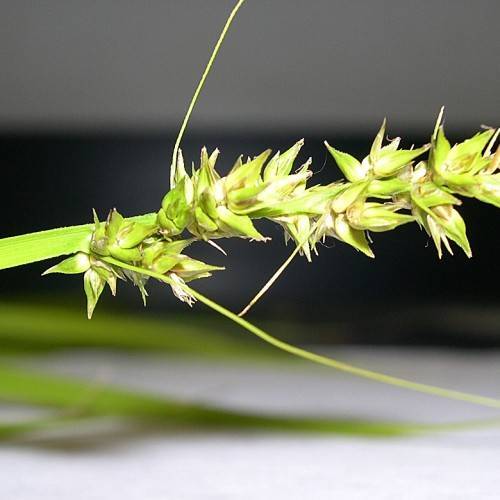
Foxtail Sedge
Carex alopecoidea
Watering:
Minimal
Hardiness Zone:
Flowers:
Flowers
Sun:
Partial Shade, Deciduous Shade (Spring Sun)
Leaf:
Yes
Growth Rate:
Low
Drought Tolerant:
Yes
Salt Tolerant:
Yes
Care Level:
Medium
watering
White Bear Sedge is a low-maintenance, drought-tolerant plant species. It should be watered deeply and infrequently, allowing the soil to dry out in between waterings. During the warmer months, water approximately every 2 weeks, while in cooler months, water approximately once a month. Make sure the soil is evenly moist throughout – not wet or dry. When you do water, water generously to ensure that the root system of the plant gets fully hydrated. During the summer, it may benefit from an extra watering in the hottest, driest days.
sunlight
White Bear Sedge requires full sun to partial shade for optimal growth. It will tolerate some shade but prefers a full sun location. The plant should receive at least 6 hours of direct sunlight each day, ideally during the late morning and early afternoon hours. When planted in an area that receives too little sun, the plant's foliage can become pale or yellow and flowering will be minimal. During the summer months, White Bear Sedge benefits from some afternoon shade, especially in warm climates.
pruning
White Bear Sedge should be pruned annually, ideally in late winter or early spring. Pruning should be done selectively and only dead or damaged stems should be removed. Light pruning can be done anytime during the growing season but should be done as close as possible to the ground, although care should be taken to avoid cutting too close or damaging the healthy stems. Pruning should be done carefully, as too much or improper pruning can damage the plant's health and growth.
